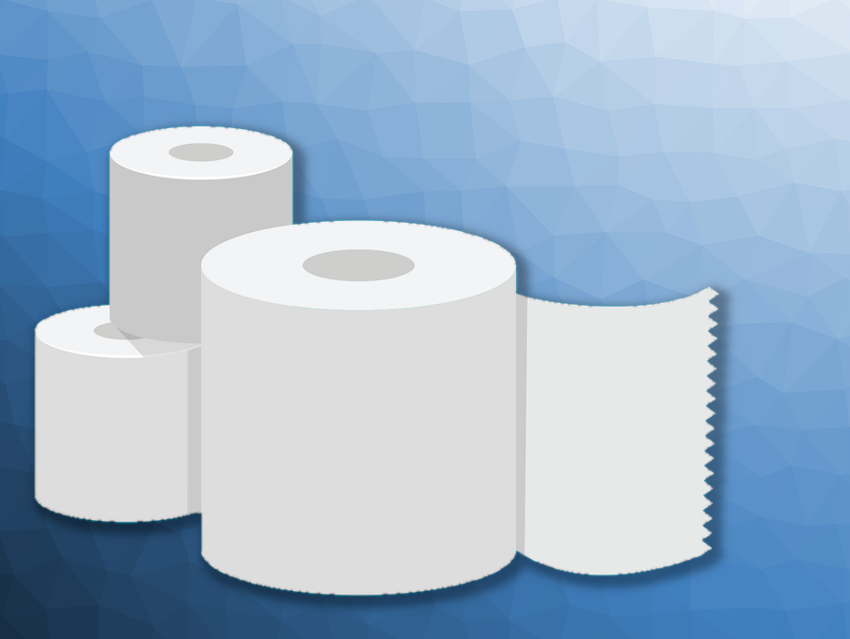Wastewater can contain potentially harmful compounds, such as per- and polyfluoroalkyl substances (PFAS), which may be released into the environment. PFAS have been found, e.g., in personal care products. Toilet paper, which also ends up in wastewater, may be another source of PFAS. Some paper manufacturers use PFAS as wetting agents, which can contaminate the final paper product. In addition, recycled toilet paper can be made using fibers that come from materials containing PFAS.
Timothy G. Townsend, University of Florida, Gainesville, USA, and colleagues have assessed this potential PFAS input to wastewater systems by characterizing both toilet paper and wastewater sludge. The team gathered toilet paper rolls sold in different regions of the world and collected sewage sludge samples from U.S. wastewater treatment plants. Then they extracted PFAS from the papers and sludge solids and analyzed them using ultrahigh-pressure liquid chromatography-tandem mass spectrometry (UHPLC-MS/MS).
The team detected six target compounds in the toilet paper samples: perfluorohexanoic acid (PFHxA), perfluorooctanoic acid (PFOA), perfluorodecanoic acid (PFDA), 6:2 fluorotelomer phosphate diester (6:2 diPAP), 6:2/8:2 fluorotelomer phosphate diester (6:2/8:2 diPAP), and 8:2 fluorotelomer phosphate diester (8:2 diPAP). DiPAPs were also among the most abundant PFAS measured in wastewater treatment sludge. The compound 6:2 fluorotelomer phosphate diester (6:2 diPAP) was the most prevalent PFAS detected in both types of samples.
The team calculated that toilet paper potentially contributes below 4 % of the total 6:2 diPAP in sewage in the U.S. and Canada, 35 % in Sweden, and up to 89 % in France. According to the researchers, the calculated percentages suggest that most PFAS enter the U.S. wastewater systems from other sources. Nevertheless, the work identifies toilet paper as a source of PFAS in wastewater treatment systems, potentially a major source in some regions.
- Per- and Polyfluoroalkyl Substances in Toilet Paper and the Impact on Wastewater Systems,
Jake T. Thompson, Boting Chen, John A. Bowden, Timothy G. Townsend,
Environ. Sci. Technol. Lett. 2023.
https://doi.org/10.1021/acs.estlett.3c00094




